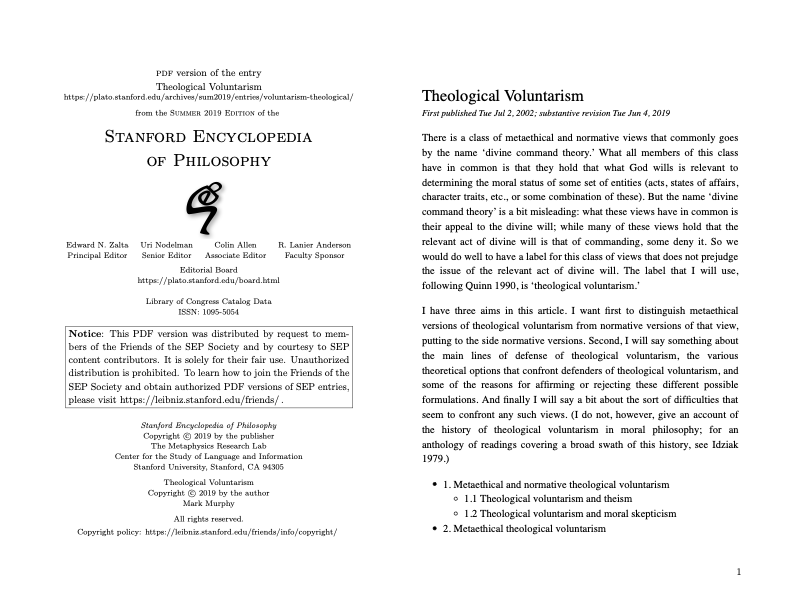Society is reaching a tipping point. The future remains not only uncertain but also seemingly unpredictable, however using the science of self-organised criticality, the phenomenon describing how small events can create large ripples in networks, this may no longer be the case. In this piece, Dan Braha presents his physics-informed model of civil unrest and shows not only how we can use it to forecast riots and violent disorder, but how in using the ideas of self-organized criticality smaller movements can better work to topple oppressive regimes. Civil unrest has indelibly influenced history, whether erupting as a protest, riot, or revolution. These events, while profound, often appear as erratic responses to unique circumstances. But what if they could be predicted, much like the weather? New research suggests that the seemingly chaotic n…
Read the full article which is published on IAI TV (external link)








